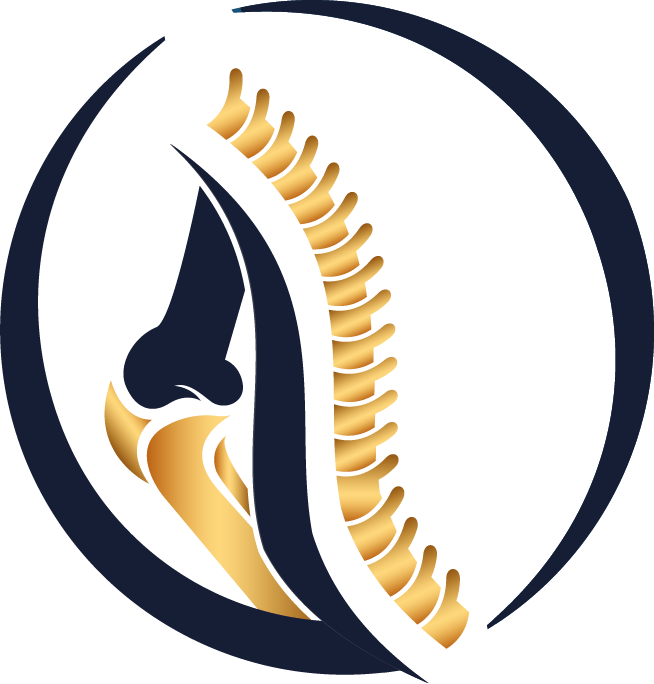Knee Joint Cartilage Injuries
Articular cartilage is the smooth, slippery and shiny surface tissue that covers the ends of the bones that make up the joints. Healthy cartilage tissue facilitates our movements by allowing bones to slide over each other with minimal friction.
Focal cartilage defects in the knee joint are difficult orthopedic problems that can cause serious functional loss in patients. Symptoms such as pain, locking, limitation of movement and swelling occur in patients due to friction on the damaged surface.
Since the cartilage forming the joint is devoid of vessels and nerve endings, the potential for spontaneous healing is very low. Surgical interventions are absolutely necessary to create a healing response in the cartilage.
Diagnosis and Radiological Evaluation
X-ray and MRI studies to be performed after the patient's history and physical examination provide valuable information about the patient. Accompanying ligament and meniscus injuries are also evaluated together. In treatment planning, CT is important in the evaluation of the osseous component accompanying the cartilage injury.
Treatment Options
Characteristics of cartilage damage such as localization limits, dimensions and depth are the points to be considered in determining the treatment. Treatment options include microfracture (bone marrow stimulating method), mosaicoplasty (transplantation of the cartilage in the minimal load-bearing region to the damaged cartilage in the load-bearing region), cell-free roof coverings, ACI (autologous chondrocyte implantation), mesenchymal stem cell applications (MSC), allograft (fresh and frozen).
Although surgical techniques for the regeneration of the damaged cartilage with the same tissue (hyaline cartilage) are still being developed, the original hyaline cartilage formation has not been achieved in any of the treatments applied today. Although starting to move early after surgery, it is necessary not to press the patient for 4-8 weeks with the help of crutches.
 Türkçe
Türkçe
 Arabic
Arabic



